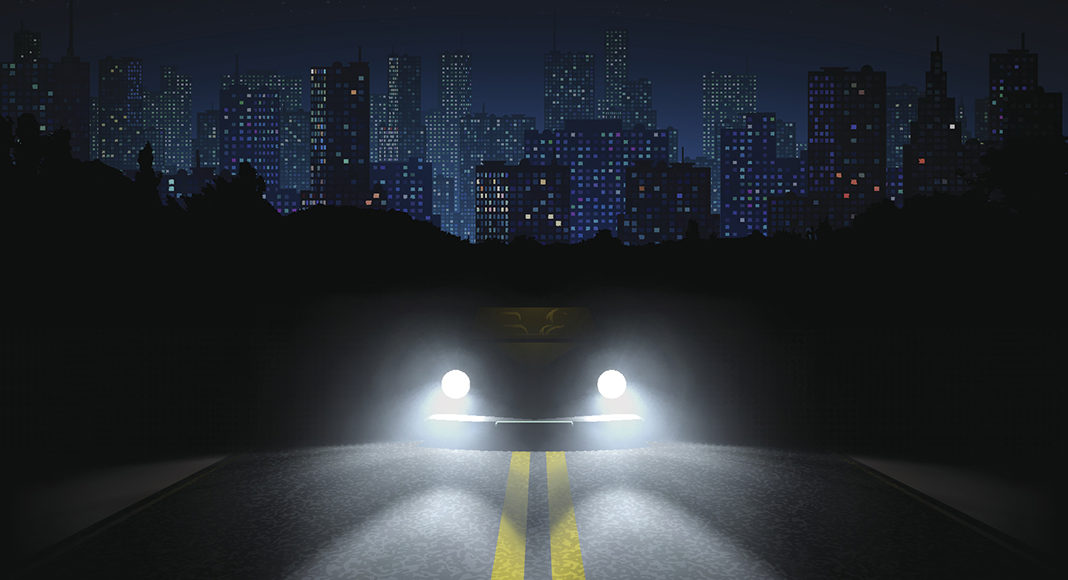European vehicles equipped with adaptive driving beam headlights (ADB) increase roadway lighting by as much as 86 percent when compared to U.S. low beam headlights, according to AAA. Now, AAA is supporting calls for changes in U.S. law which currently prohibits this technology.
Driving at night carries the highest fatality rate for both drivers and pedestrians. European AAA believes the technology currently used in Europe is the first real solution to providing more light for drivers at night.
âDriving at night doesnât have to be such a risky undertaking for Americans,â said John Nielsen, Managing Director of Automotive Engineering and Repair, AAA. âThe technology not only exists but is being used in other parts of the world to effectively provide the amount of light needed to keep drivers and pedestrians safer.â
Previous AAA research found that a majority of Americans (64 percent) do not regularly use their high beams. This means when driving at moderate speeds like 40 mph with low beams on, motorists would not have enough time to react to a hazard in the roadway. High beams improve forward illumination by 28 percent in comparison and are more effective at providing the correct amount of light when traveling at higher speeds. With ADB, the high beams are always on and when another vehicle is detected, that area is shaded to prevent glare that would otherwise interfere with the other driverâs field of vision.
While some newer U.S. vehicles are equipped with a similar technology that automatically switches between high and low beam, this only works when other vehicles arenât present. Once an oncoming or preceding vehicle is detected, the car will switch from high to low beams, therefore losing the benefit of the additional light.
Following a petition from Toyota, the National Highway Traffic Safety Administration (NHTSA) proposed an amendment last fall to allow manufacturers the option of equipping vehicles with ADB systems. AAA submitted comments to NHTSA regarding the proposed changes along with supporting primary research in an effort to provide insight into the performance of ADB as it exists today.
âAAA supports adaptive driving beam headlights and NHTSAâs work in this area to consider changing the current standards,â said Jill Ingrassia, managing director of Government Relations &Traffic Safety Advocacy. âAllowing ADB will not only improve roadway visibility but the safety of every driver and pedestrian who must travel at night.â



















